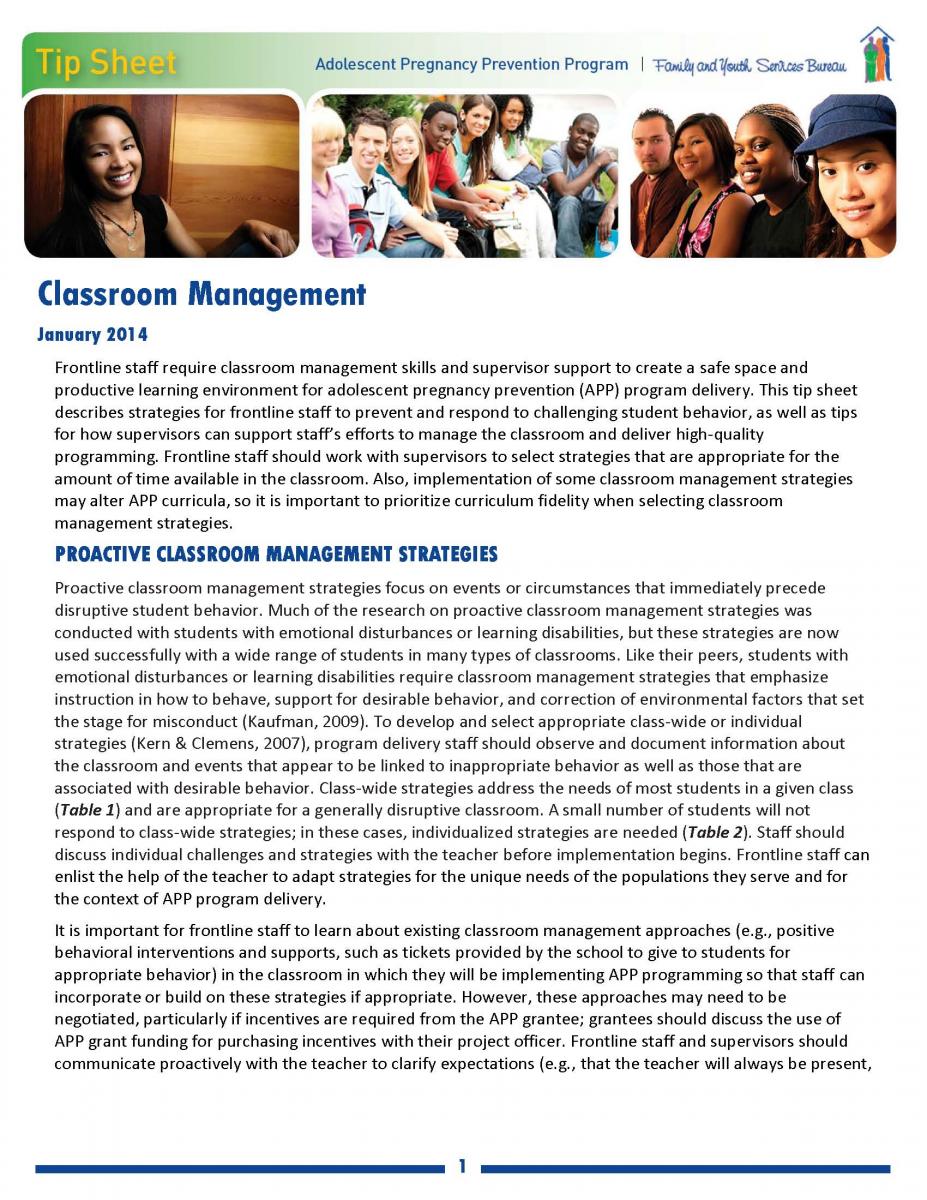Listed below are Healthy Teen Network resources relevant to working with schools.
Notice: Undefined index: desc in /var/www/html/wp-content/themes/JointsWP-CSS-master/tag.php on line 36
Notice: Undefined index: asc in /var/www/html/wp-content/themes/JointsWP-CSS-master/tag.php on line 38
Sort By Date |
Sort By Title
Readiness for Sustaining Getting to Outcomes among Local Providers
March 11, 2015
Readiness for Sustaining Getting to Outcomes® Among Local Providers: A Discussion Guide for Technical Assistance Providers offers a series of questions designed to determine how ready an organization is to sustain an innovation. This discussion guide focuses on sustaining the Getting to Outcomes evidence-based framework, however, this tool applies best practices for sustaining any innovation…
Read moreFebruary is National School-Based Health Care Awareness Month
February 11, 2015
Guest Post by Anna Burns, Outreach and Engagement Associate, School-Based Health Alliance Every February, the school-based health care community comes together to celebrate its successes and recharge its focus on redefining health for kids and teens. This year, the School-Based Health Alliance—a national nonprofit organization that works to advance and advocate for school-based health care—is…
Read moreTip Sheet: Classroom Management
January 12, 2015

Frontline staff require classroom management skills and supervisor support to create a safe space and productive learning environment for adolescent pregnancy prevention program delivery. This tip sheet describes strategies for frontline staff to prevent and respond to challenging student behavior, as well as tips for how supervisors can support staff’s efforts to manage the classroom…
Read moreNo te compliques! Conectando a adolescentes con servicios de salud sexual
January 6, 2015
_cover.jpg)
The ¡No te compliques! Facilitator’s Guide and accompanying video, or motion graphic, are designed to help link young men and women, ages 15-19, to trusted, “teen friendly” contraceptive and reproductive healthcare providers. Facilitator’s Guide and motion graphic are also available in English.
Read moreKeep It Simple: A Lesson in Linking Teens to Sexual Health Care Facilitator’s Guide
October 8, 2014
The Keep It Simple: Linking Teens to Sexual Health Care lesson plan and accompanying video, or motion graphic, is designed to help link young men and women, ages 15-19, to trusted, “teen friendly” contraceptive and reproductive healthcare providers (also available in Spanish). Read more on this resource here.
Read moreKeeping Pregnant and Parenting Students from Dropping Out: A Guide for Policymakers and Schools
Providing better support for pregnant and parenting students is a critical step for schools to take in their efforts to reduce dropout rates. Graduating from high school improves pregnant and parenting teens’ chances of going on to further education and the workforce and avoiding poverty and/or the need to rely on public assistance. It also…
Read moreKeep It Simple!
October 7, 2014

Growing up isn’t easy. Helping teens navigate their sexual health isn’t easy either. Right now, across the country, folks are working tirelessly to make sure teens learn about sex, love, self-respect, and taking care of themselves—and we love you for it! But there are some things we can make simpler, like making sure the young…
Read moreTip Sheet: Opportunity Knocks
With accurate information and adequate support, young people can make healthy and responsible decisions about having sex and using contraception. Adults can be most effective by providing the information and support needed to promote responsible decision-making in youth and help ensure transition to adulthood is safe and healthy. In addition to this tip sheet, a complete presentation design is available, for…
Read moreHow Would You Score? Assessing for Characteristics of Effective Curricula
June 11, 2014
If you work with schools to provide teen pregnancy, HIV, and/or STI programming, you may already know that many schools and districts use the Health Education Curriculum Analysis Tool (HECAT) to select and adapt curricula. For those of you less familiar with yet another acronym for our field: The HECAT stands for Health Education Curriculum…
Read moreAre you SMART?
March 26, 2014
The first step for designing an evaluation plan is to get a comprehensive understanding of what the program is trying to achieve and with whom. SMART Objectives, as part of the program logic model, can tell us just this information. The program logic model not only lays out a plan or a map to developing…
Read more
